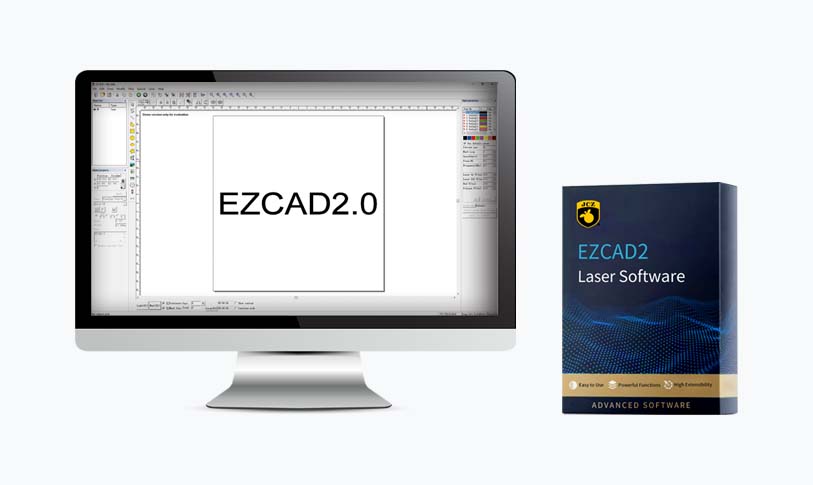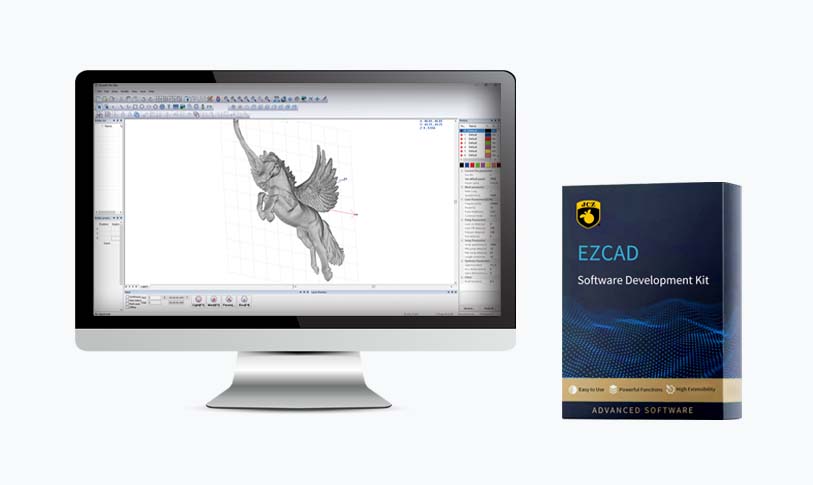[ultraviolet laser marker]Exploring the Advantages and Applications of Ultraviolet Laser Markers in Modern Manufacturing and Customization
News 2025-1-12

Exploring the Advantages and Applications of Ultraviolet Laser Markers in Modern Manufacturing and Customization
In today’s rapidly evolving technological landscape, the demand for precision and versatility in marking and engraving solutions has reached unprecedented levels. Among various marking technologies available, ultraviolet (UV) laser markers have emerged as a standout choice for industries aiming to enhance productivity and ensure accuracy. This article explores the distinctive features, advantages, and diverse applications of ultraviolet laser markers, shedding light on why they are becoming the go-to solution for businesses across multiple sectors.
Introduction to Ultraviolet Laser Marking Technology
Ultraviolet laser markers utilize a specific wavelength range, typically between 355 nm and 400 nm, to create high-resolution markings on an array of substrates. This technology is particularly beneficial in applications that require minimal thermal impact on the material being marked, which is critical for sensitive items or those made from heat-sensitive materials. The UV laser relies on photochemical processes rather than thermal energy, reducing the likelihood of thermal damage.
Key Advantages of Ultraviolet Laser Markers
1. **Precision and Detail**: Ultraviolet lasers are known for their ability to produce minute, intricate details, making them ideal for high-resolution work. This precision is essential in sectors like electronics, medical devices, and jewelry where intricate designs and markings are necessary.

Exploring the Advantages and Applications of Ultraviolet Laser Markers in Modern Manufacturing and Customization
3. **Minimal Heat Affected Zone (HAZ)**: Because UV laser markers operate at a wavelength that has a lower thermal effect, they create a smaller heat-affected zone compared to traditional laser markers. This feature minimizes risks of warping or altering the physical properties of heat-sensitive materials, ensuring the integrity of the substrate remains intact.
4. **Environmentally Friendly**: UV laser marking does not require inks or chemicals, making it a more environmentally friendly option compared to traditional marking methods. This aspect aligns well with the increasing global emphasis on sustainability, allowing companies to adopt greener practices in their production processes.
5. **Durability of Markings**: The markings produced by UV lasers are typically resistant to abrasion, chemicals, and UV exposure, leading to long-lasting impressions. This durability is particularly valuable in industries where product traceability and authenticity are paramount.
Diverse Applications of UV Laser Markers
Given their various advantages, ultraviolet laser markers are finding a home in numerous fields:
- **Electronics**: In the electronics industry, UV lasers are often employed for marking circuit boards, components, and other sensitive parts where precision is essential. Their ability to produce fine details plays a critical role in clearly labeling components for identification or traceability.
- **Medical Devices**: The medical sector, which often requires highly accurate and legible markings for devices, benefits from UV lasers. These markers can engrave serial numbers, logos, and regulatory information on surgical instruments, implants, and packaging, ensuring compliance with strict industry standards.
- **Packaging**: In the packaging industry, UV lasers can create high-quality print markings on various packaging materials, enhancing aesthetics and product information visibility. This feature is particularly important in consumer goods where branding and information clarity can impact sales.
- **Jewelry**: Jewelers use UV laser markers to engrave intricate designs, personal messages, and branding on various metal surfaces without damaging the material. This capability allows for a high degree of customization, which is increasingly sought after by consumers.
- **Automotive**: The automotive industry employs UV laser marking for labeling parts and components, including tires, engine parts, and vehicle interior elements. The durability of UV markings ensures that they remain legible throughout the lifespan of the product, even in harsh environments.

Exploring the Advantages and Applications of Ultraviolet Laser Markers in Modern Manufacturing and Customization
Ultraviolet laser markers represent a significant advancement in marking technology, offering unparalleled precision, versatility, and sustainability. As industries continue to push for higher standards of excellence and customization, UV laser technology will likely play a pivotal role in meeting these demands. With a multitude of applications across various sectors, the future of ultraviolet laser markers looks promising, poised to enhance manufacturing processes and product quality dramatically. Embracing this technology may well become a defining factor for companies seeking competitive advantage in a technology-driven marketplace.